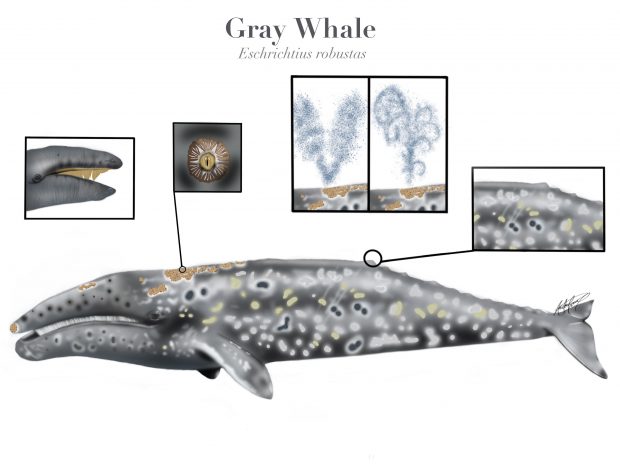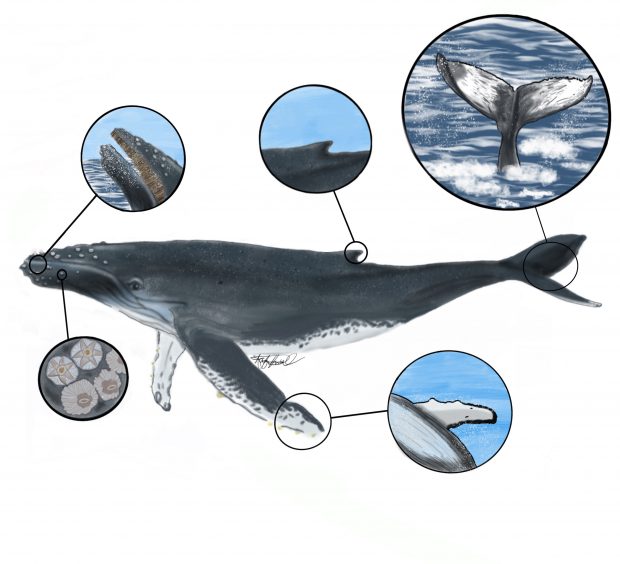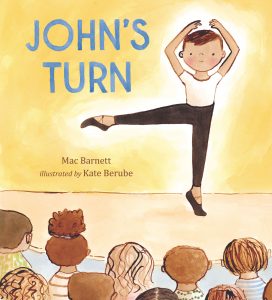 John’s Turn
John’s Turn
In this children’s book, Mac Barnett ’04 celebrates individuality through the story of a kid who finds the courage to show others his talent for dancing.
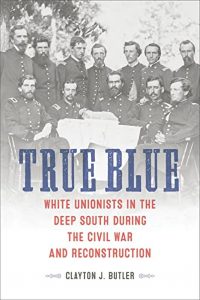 True Blue: White Unionists in the Deep South during the Civil War and Reconstruction
True Blue: White Unionists in the Deep South during the Civil War and Reconstruction
Clayton Butler ’10 investigates the lives of white Unionists in three Confederate states who enlisted in the U.S. Army, shedding light on the complex story of the Civil War era.
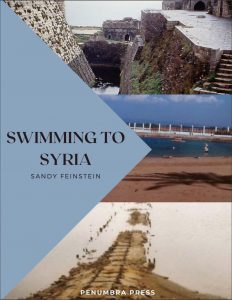 Swimming to Syria
Swimming to Syria
This chapbook by Sandy Feinstein ’74 is a collection of poems reflecting her experiences teaching at the University of Aleppo and traveling throughout Syria.
 Big Feelings: How to Be Okay When Things Are Not Okay
Big Feelings: How to Be Okay When Things Are Not Okay
Liz Fosslien ’09 and Mollie West Duffy weave science with personal stories and original illustrations to examine uncomfortable feelings and lay out strategies for managing them.
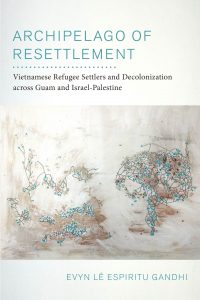 Archipelago of Resettlement: Vietnamese Refugee Settlers and Decolonization across Guam and Israel-Palestine
Archipelago of Resettlement: Vietnamese Refugee Settlers and Decolonization across Guam and Israel-Palestine
Evyn Lê Espiritu Gandhi ’13 examines a question: What happens when refugees encounter Indigenous sovereignty struggles in the countries of their resettlement?
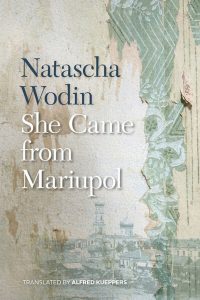 She Came from Mariupol
She Came from Mariupol
Alfred Kueppers ’93 has translated Natascha Wodin’s homage to her mother’s story of leaving Ukraine for Germany as part of the Nazi forced labor program during World War II.
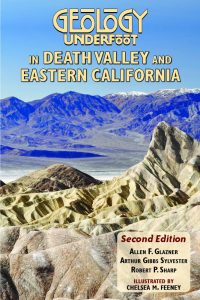 Geology Underfoot in Death Valley and Eastern California: Second Edition
Geology Underfoot in Death Valley and Eastern California: Second Edition
In a revised, full-color edition of this popular book, Allen Glazner ’76 and Arthur Sylvester ’59 guide readers through some of California’s most spectacular and scenic geology.
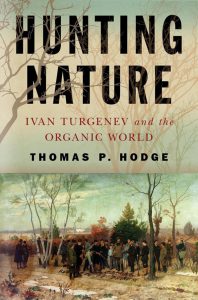 Hunting Nature: Ivan Turgenev and the Organic World
Hunting Nature: Ivan Turgenev and the Organic World
Thomas P. Hodge ’84 explores Ivan Turgenev’s relationship to nature through his passion for hunting, making a case that hunting profoundly influenced his writing.
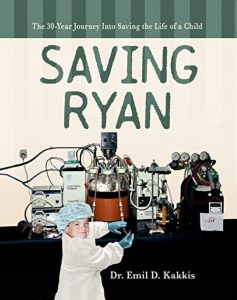 Saving Ryan
Saving Ryan
Physician-scientist Emil Kakkis ’82 writes about his 30-year journey to develop a treatment for mucopolysaccharidosis (MPS), an ultra-rare genetic disease, and the young patient it saved.
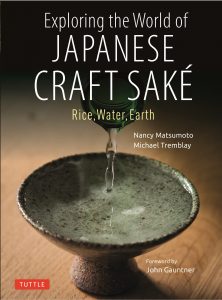 Exploring the World of Japanese Craft Sake: Rice, Water, Earth
Exploring the World of Japanese Craft Sake: Rice, Water, Earth
In this guide with 300 color photos, Nancy Matsumoto ’80 and Michael Tremblay invite the reader into the story of sake, offering histories, current trends and recommendations.
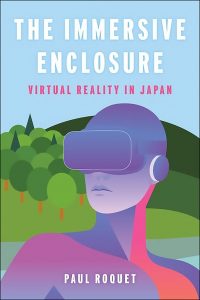 The Immersive Enclosure: Virtual Reality in Japan
The Immersive Enclosure: Virtual Reality in Japan
Paul Roquet ’03 takes a critical look at virtual reality, uncovering how the technology is reshaping the politics of labor, gender, home and nation in Japan.
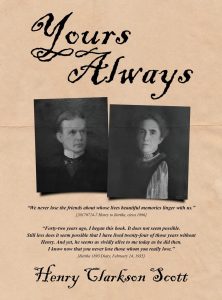 Yours Always
Yours Always
Henry Scott ’78 tells the story of his great-grandparents, a Southern man and a Northern woman, through their nearly 1,500 letters, their diaries and related historical accounts.
 This spring, Garrett Hongo ’73 received the 2022 Aiken Taylor Award for Modern American Poetry, an annual prize presented to a writer who has had a substantial and distinguished career. Past winners of the award, presented by the Sewanee Review each year since 1987, include Howard Nemerov, Gwendolyn Brooks, Wendell Berry, Louise Glück and Billy Collins.
This spring, Garrett Hongo ’73 received the 2022 Aiken Taylor Award for Modern American Poetry, an annual prize presented to a writer who has had a substantial and distinguished career. Past winners of the award, presented by the Sewanee Review each year since 1987, include Howard Nemerov, Gwendolyn Brooks, Wendell Berry, Louise Glück and Billy Collins.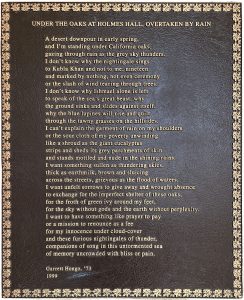 is inscribed on a plaque in the Smith Campus Center. Now a Distinguished Professor in the College of Arts and Sciences at the University of Oregon, Hongo’s collections of poetry include The River of Heaven, which was a finalist for the Pulitzer Prize for poetry in 1989.
is inscribed on a plaque in the Smith Campus Center. Now a Distinguished Professor in the College of Arts and Sciences at the University of Oregon, Hongo’s collections of poetry include The River of Heaven, which was a finalist for the Pulitzer Prize for poetry in 1989.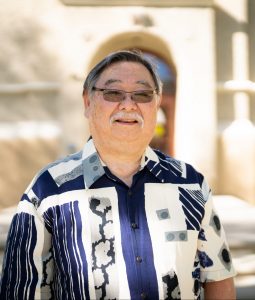 Garrett Hongo:
Garrett Hongo: Thank you for your care and support of our Sagehen community!
Thank you for your care and support of our Sagehen community!
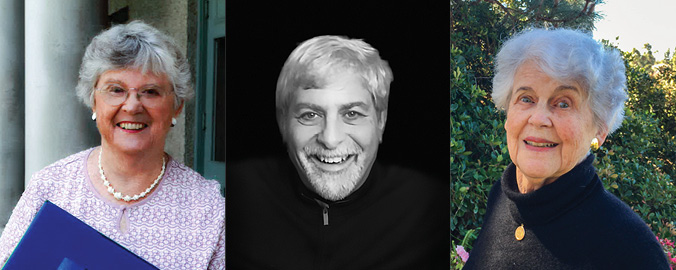



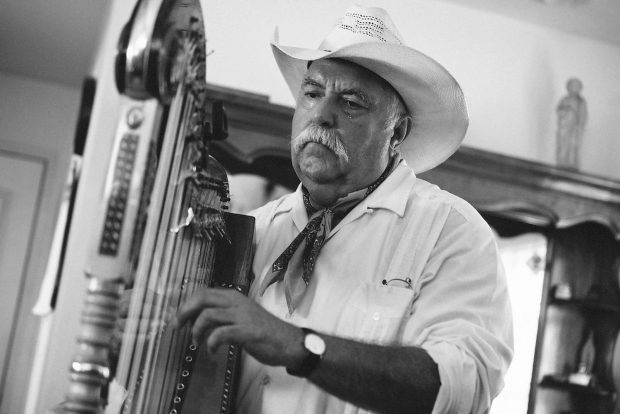
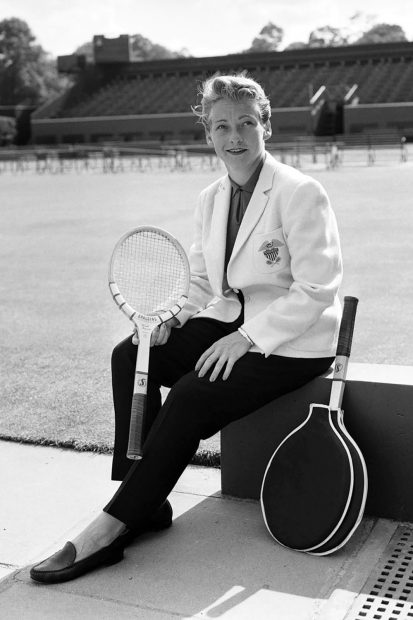
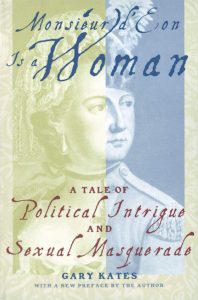
 —Gary Kates
—Gary Kates

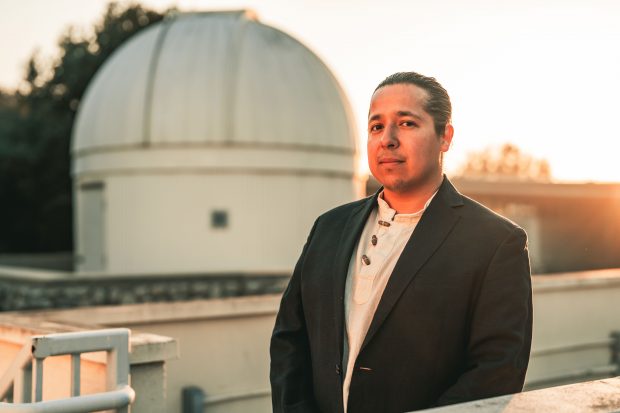

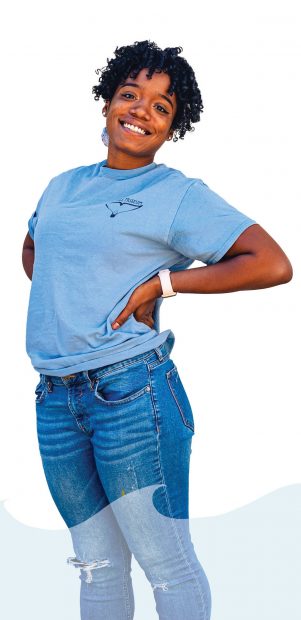 A May graduate with a degree in biology—and one of Pomona’s Commencement speakers as senior class president—Andreah Pierre ’22 has been interested in marine science and conservation for as long as she can remember. After earning a Posse Foundation scholarship followed by a prestigious summer fellowship, she will combine her STEM background with a rediscovered love of art to pursue a career as a scientific illustrator.
A May graduate with a degree in biology—and one of Pomona’s Commencement speakers as senior class president—Andreah Pierre ’22 has been interested in marine science and conservation for as long as she can remember. After earning a Posse Foundation scholarship followed by a prestigious summer fellowship, she will combine her STEM background with a rediscovered love of art to pursue a career as a scientific illustrator.